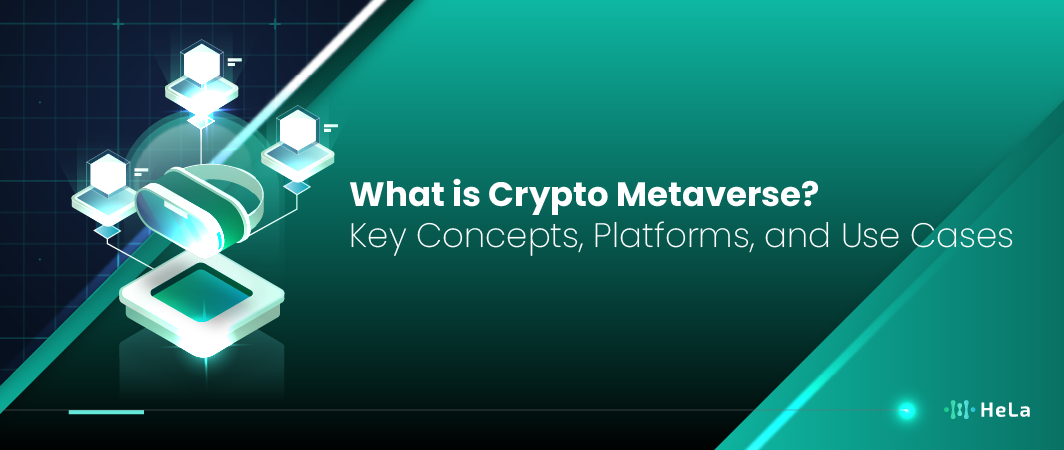The idea of the metaverse is no longer only science fiction. It is now a growing part of the internet. The metaverse is a shared online space where people can interact, play games, work, and build things using digital tools. When blockchain technology is added to this world, it creates something called the crypto metaverse.
The crypto metaverse uses cryptocurrencies, NFTs, and decentralized systems to give people more control over their virtual assets. This means players and users can own land, clothes, art, and even businesses in digital form, with proof of ownership stored on the blockchain. Unlike traditional online games or platforms, the assets in a crypto metaverse can be traded, sold, or moved to other platforms.
In this article, we will explain what the crypto metaverse is, how it works, the key concepts behind it, examples of popular platforms, and real-world use cases. We will also explore some challenges and future opportunities for this new kind of internet experience.
What is Crypto Metaverse?

The crypto metaverse is a type of virtual world—or network of connected virtual worlds—that uses blockchain technology at its core. In these spaces, people can interact in real time using digital avatars, explore immersive environments, and take part in activities such as gaming, shopping, attending events, or building businesses.
What sets the crypto metaverse apart from a traditional metaverse is its integration of cryptocurrency, NFTs (non-fungible tokens), and decentralized systems. These elements give users actual ownership of their digital assets, meaning the items they acquire in the virtual world can be stored securely on the blockchain and traded freely without relying on a single company’s servers.
Key features of a crypto metaverse include:
- Blockchain-based ownership – Every item, piece of land, or collectible is recorded as a token on the blockchain, serving as proof of ownership that cannot be altered without consensus.
- Decentralized economy – Instead of using game credits or platform-specific coins that have no value outside the game, users trade, sell, and buy items with cryptocurrencies that may also be used outside the metaverse.
- Interoperability – Some projects aim to make virtual goods usable across multiple worlds. For example, an NFT outfit for your avatar might be worn in more than one compatible metaverse platform.
In traditional online games, purchases are locked within the platform—if the game shuts down, players lose access to their items. In the crypto metaverse, digital assets exist independently of any single platform. This means you could buy a virtual piece of clothing, land, or art in one world and, if supported, take it to another, opening the door to a more open and interconnected digital economy.
Key Concepts in the Crypto Metaverse

Before you can fully understand how the crypto metaverse works, it’s important to know the main terms and ideas that shape it. These concepts form the building blocks of how virtual worlds operate and how people can own, trade, and create in them.
| Concept | Meaning |
| Blockchain | A digital record system that stores information in blocks and keeps it secure and public. |
| Cryptocurrency | Digital money is used in the metaverse for payments and trades. |
| NFT (Non-Fungible Token) | A unique digital item stored on a blockchain, such as art or virtual land. |
| Smart Contract | A program on the blockchain that runs when certain conditions are met. |
| DAO (Decentralized Autonomous Organization) | A group that makes decisions using blockchain-based voting. |
Blockchain Technology
This is the backbone of the crypto metaverse. It’s a secure, transparent digital ledger where every transaction is recorded in blocks linked together. In the metaverse, blockchain ensures that ownership of virtual items—like land, clothes, or art—is traceable and cannot be altered by a single person or company. This helps build trust between users who may never meet in real life.
Cryptocurrencies
These are digital currencies used for buying, selling, and trading in the metaverse. Popular examples include Ethereum (ETH) for general transactions, MANA for Decentraland, and SAND for The Sandbox. They act as the main payment system, allowing users to purchase land, attend events, or pay for services. Because cryptocurrencies are not tied to one country, they allow global participation without currency exchange barriers.
NFTs (Non-Fungible Tokens)
NFTs are unique digital items stored on the blockchain. Each NFT has a special code that makes it one-of-a-kind, meaning no two are exactly the same. In the crypto metaverse, NFTs can represent virtual real estate, artwork, fashion items, or even special abilities in a game. Unlike regular in-game items, NFTs can be sold or traded outside the platform they were created on, giving owners more freedom.
Smart Contracts
These are programs that run on the blockchain and execute actions automatically when certain conditions are met. For example, if someone buys a piece of virtual land, a smart contract can instantly transfer ownership once payment is confirmed—no middleman needed. This automation makes transactions faster, more transparent, and less dependent on human approval.
DAOs (Decentralized Autonomous Organizations)
DAOs are communities that run on blockchain-based voting systems. Members hold tokens that give them voting power to decide how the project develops, which features to add, or how funds should be spent. In the crypto metaverse, DAOs allow users—not just developers—to have a say in how the virtual world is managed.
Together, these concepts turn the crypto metaverse into more than just a 3D space for games. They create a real, functioning economy and community where users have true ownership and decision-making power.
Also Read: Top 10 Metaverse Projects to Consider in 2025 (Updated List)
Real-World Use Cases of the Crypto Metaverse
While the crypto metaverse often makes headlines for gaming, its potential reaches far beyond entertainment. Because it combines immersive 3D spaces with blockchain-based ownership, it offers new ways for people, businesses, and organizations to connect, create, and operate. These applications show how virtual worlds can have real-world value.
- Virtual Real Estate – In many crypto metaverse platforms, people can buy, sell, and rent virtual land. These plots can be developed into houses, event spaces, or branded shops. Businesses can use them as digital storefronts, allowing customers to browse and purchase items without leaving the virtual environment.
- Digital Art – Artists can create NFT artworks that exist only in digital form but have real market value. These works can be showcased in virtual galleries, sold to collectors, and even displayed in online events, giving artists global exposure without physical shipping costs.
- Remote Workspaces – Companies can set up offices in the metaverse, where employees meet as avatars to collaborate on projects. This creates a sense of presence that traditional video calls can’t fully offer, while also allowing for creative office designs that inspire engagement.
- Education – Schools, universities, and training centers can create interactive 3D classrooms. Lessons can include simulations, group activities, and virtual field trips, making learning more immersive and accessible to students worldwide.
- Social Events – The metaverse can host concerts, exhibitions, and festivals that bring people together regardless of location. Attendees can interact, explore event spaces, and even purchase digital merchandise like virtual clothing or collectible event passes.
For example, in 2022, a large virtual concert was held in Decentraland, attracting thousands of visitors from around the world. People attended as avatars, purchased NFT tickets, and wore digital outfits during the performance, creating a shared experience that blended entertainment and technology.
These real-world applications prove that the crypto metaverse is more than a niche trend—it’s an evolving digital space that can transform industries and redefine how we interact, work, and enjoy culture online.
Challenges and the Future of the Crypto Metaverse
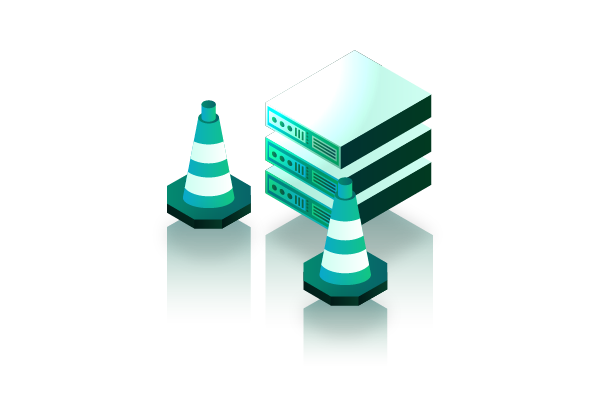
The crypto metaverse holds exciting opportunities, but it also faces real challenges that could slow its growth. Like any emerging technology, it must overcome technical, financial, and social barriers before it can reach its full potential.
| Challenge | Description | Possible Future Solution |
| Technical limits | Many users lack VR headsets, strong computers, or fast internet. | Wider access to affordable hardware and faster global internet speeds. |
| Scams and fraud | Fake NFT sales, phishing attacks, and hacked accounts reduce trust. | Stronger security tools, user education, and verified marketplaces. |
| High costs | Prices for popular virtual land or rare NFTs can be too high for newcomers. | More affordable entry-level assets and rental options. |
| Energy use | Some blockchains consume large amounts of electricity. | Transition to eco-friendly, proof-of-stake blockchains. |
Main Challenges
- Technical Limits – Many features of the crypto metaverse work best with advanced VR headsets, powerful computers, or high-speed internet. However, not all users have access to these tools. This limits the audience and slows adoption.
- Scams and Fraud – Because blockchain transactions are permanent, scams such as fake NFT listings, phishing attacks, and account takeovers can cause lasting damage. These incidents can discourage new users from joining.
- High Costs – In some popular metaverse worlds, virtual land and rare NFTs are sold at high prices, making it difficult for beginners to participate. This can create a sense of exclusivity that limits growth.
- Energy Use – Some blockchains, especially older proof-of-work systems, consume significant energy, raising environmental concerns. This has led to criticism from both the public and regulators.
The Future May Bring
- Better Technology – Improvements in VR headsets, AR devices, and faster internet connections will make the metaverse more accessible and realistic for more people.
- More Rules and Protections – Governments may introduce laws to define digital property rights, prevent fraud, and regulate transactions. This could increase trust among users and investors.
- Cross-Platform Worlds – Efforts toward interoperability could allow users to move their avatars, NFTs, and currencies between different metaverse spaces. This would create a more connected virtual economy.
Looking ahead, the crypto metaverse could evolve into a mainstream part of daily life. However, its success will depend on how quickly it can address these challenges while keeping its decentralized and user-driven nature intact.
Also Read: Metaverse Challenges and Opportunities: How to Tackle Them
Where to Experience the Crypto Metaverse Today
Many projects are building and hosting immersive blockchain-based worlds where users can own assets, interact with others, and explore limitless possibilities. Each platform offers its own features, design style, and economic model, attracting different communities of players, creators, and investors.
| Platform | Main Features | Native Token |
| Decentraland | Virtual world with land sales, games, and events. | MANA |
| The Sandbox | User-created games and worlds; strong NFT marketplace. | SAND |
| Axie Infinity | Play-to-earn game with creatures called Axies. | AXS, SLP |
| Cryptovoxels | 3D world for art galleries and events. | ETH |
| Etherscape | Open-world blockchain RPG with exploration and player-owned assets. | TBD |
Decentraland
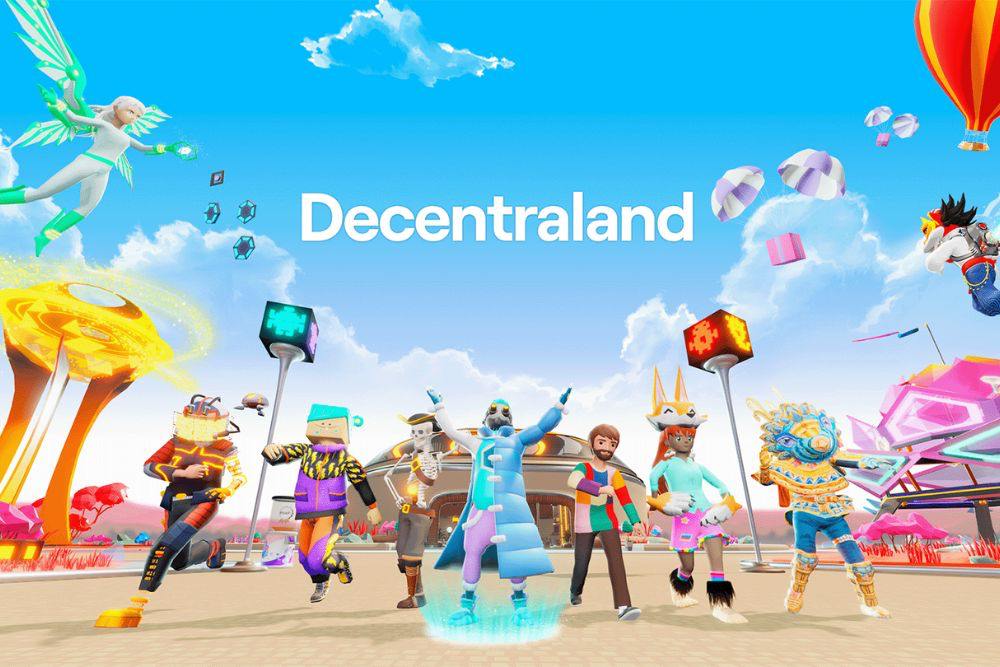
One of the earliest and most recognized blockchain-based virtual worlds, Decentraland allows users to purchase plots of land as NFTs and build anything from homes and galleries to interactive games. It regularly hosts virtual events such as concerts, art exhibitions, and conferences, making it a social hub for metaverse activities.
The Sandbox
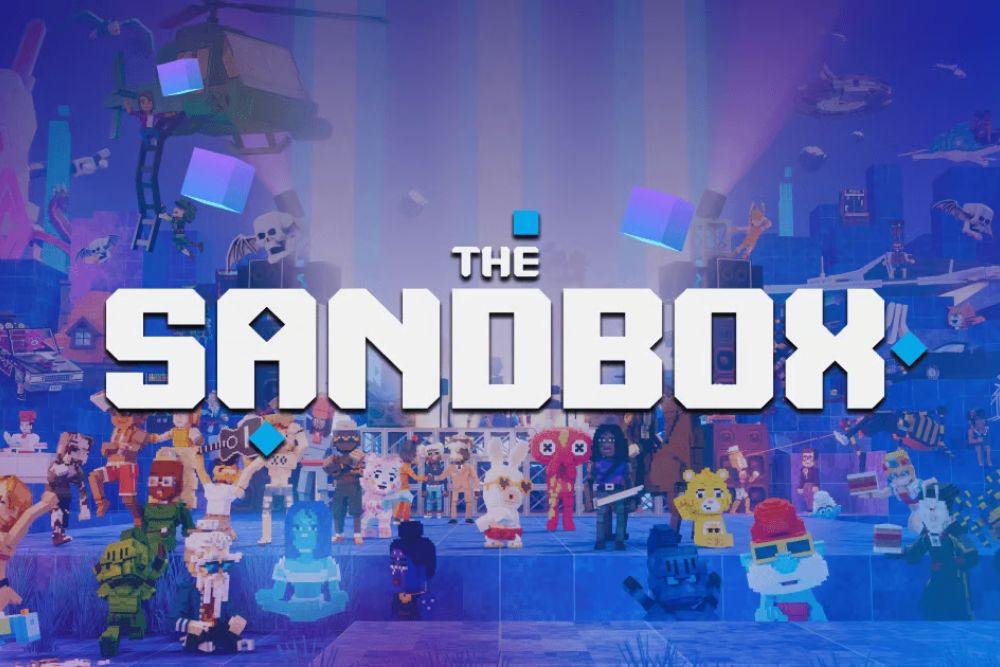
This platform empowers players to create their own games, experiences, and virtual items. All in-game assets are NFTs, giving creators the ability to monetize their work. The Sandbox has partnered with major brands and celebrities, expanding its appeal to both gamers and collectors.
Axie Infinity
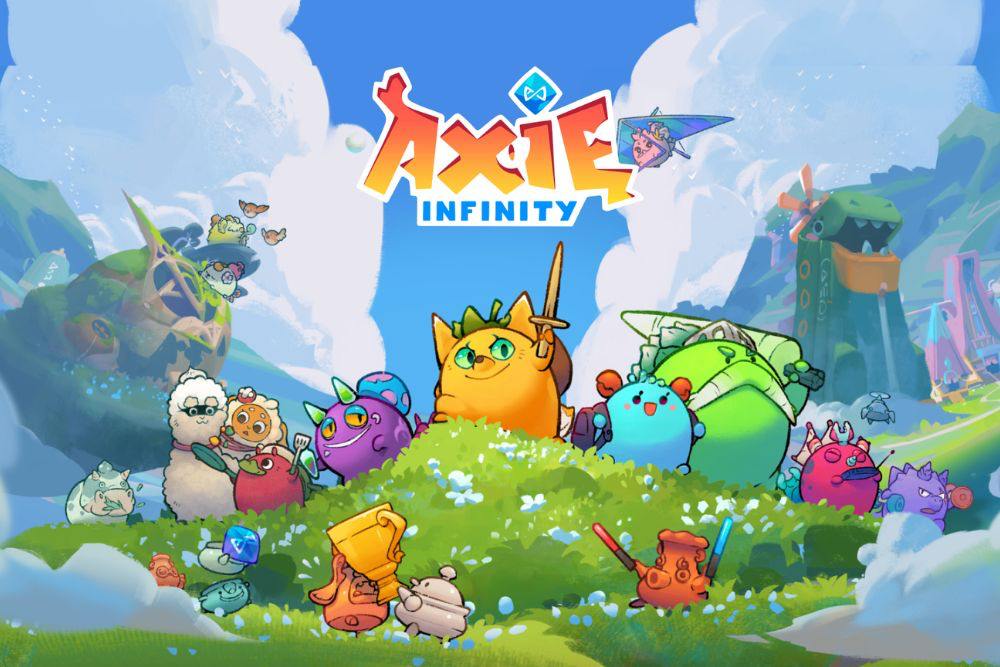
Best known for its “play-to-earn” model, Axie Infinity lets players collect, breed, and battle fantasy creatures called Axies. Players earn cryptocurrency by winning battles or trading Axies, making it one of the first metaverse games to become a full-time income source for some users.
Cryptovoxels
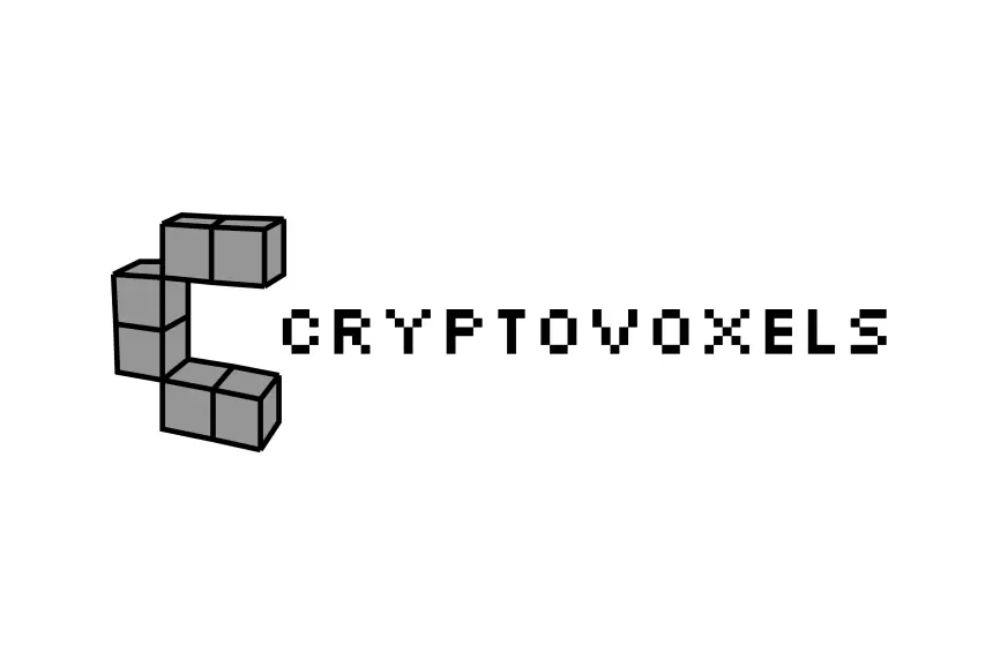
A creative, voxel-based 3D world where users can own parcels of land and build digital spaces. It is especially popular with artists, who use it to host virtual exhibitions and sell NFT artwork. Its minimalistic style makes it accessible without requiring high-end hardware.
Etherscape
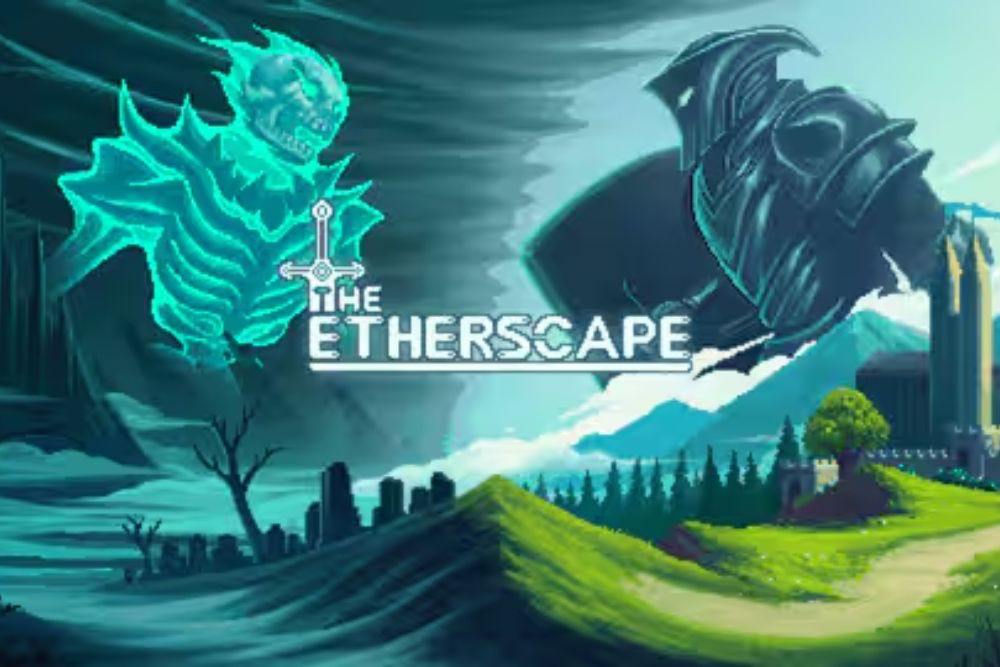
An open-world blockchain RPG focused on exploration, combat, and player-owned economies. Players can gather resources, craft equipment, trade in decentralized marketplaces, and engage in battles, with all major assets stored as NFTs. This structure allows for true ownership, meaning players can sell or transfer their in-game items outside the platform.
Each of these platforms demonstrates a unique approach to blending blockchain technology with interactive 3D environments. Whether your interest lies in gaming, art, social networking, or investment, there is likely a metaverse world that fits your goals.
Conclusion
The crypto metaverse is a new way to experience the internet. It combines the 3D, interactive worlds of the metaverse with the secure and open nature of blockchain technology. In these spaces, users can own items, create businesses, and connect with others in ways not possible before.
As more companies, artists, and users join the crypto metaverse, its economy and possibilities will grow. From gaming to education and social events, the crypto metaverse could change how we work, play, and interact online.
However, it is still early. Many challenges need to be solved, like technology access and security. But as these worlds improve, the crypto metaverse could become as common as today’s social media platforms—offering more control, ownership, and freedom to users.
Disclaimer: The information provided by HeLa Labs in this article is intended for general informational purposes and does not reflect the company’s opinion. It is not intended as investment advice or recommendations. Readers are strongly advised to conduct their own thorough research and consult with a qualified financial advisor before making any financial decisions.

Joshua Soriano
I am a writer specializing in decentralized systems, digital assets, and Web3 innovation. I develop research-driven explainers, case studies, and thought leadership that connect blockchain infrastructure, smart contract design, and tokenization models to real-world outcomes.
My work focuses on translating complex technical concepts into clear, actionable narratives for builders, businesses, and investors, highlighting transparency, security, and operational efficiency. Each piece blends primary-source research, protocol documentation, and practitioner insights to surface what matters for adoption and risk reduction, helping teams make informed decisions with precise, accessible content.
- Joshua Soriano#molongui-disabled-link
- Joshua Soriano#molongui-disabled-link
- Joshua Soriano#molongui-disabled-link
- Joshua Soriano#molongui-disabled-link
